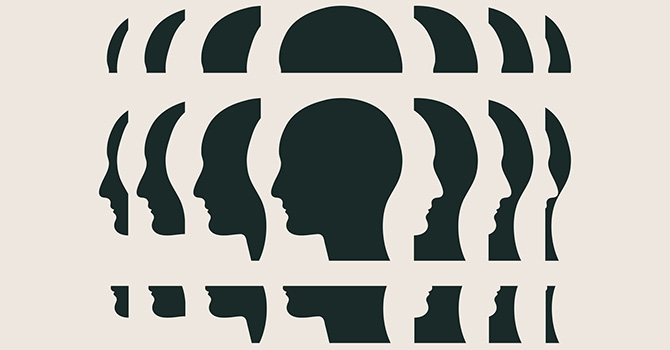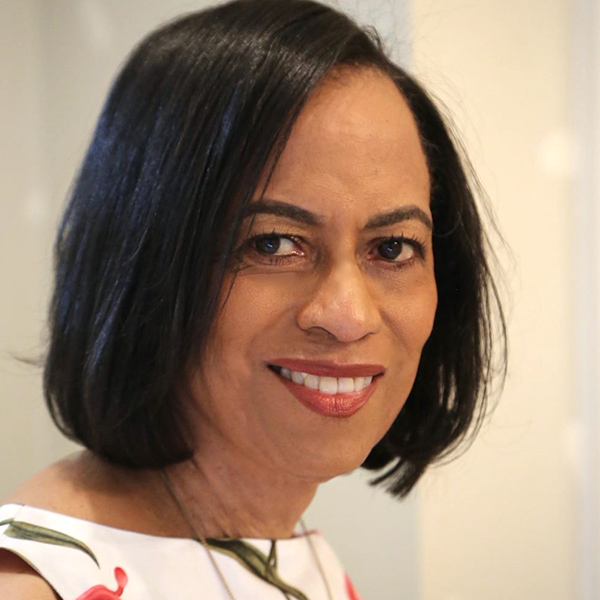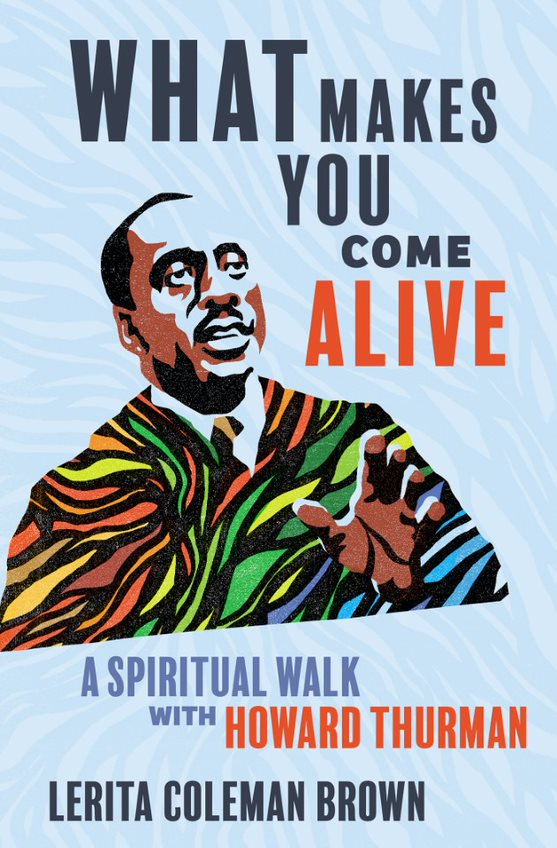It takes a strong sense of purpose to help evolving organizations assess what to preserve and what to leave behind as they adapt and change, said Marty Linsky, co-founder of Cambridge Leadership Associates, which specializes in teaching the practice of adaptive leadership.
Linsky is a consultant, facilitator, teacher and trainer in leadership and is on the faculty of Harvard’s Kennedy School of Government. He graduated from Williams College and Harvard Law School and has been assistant minority leader of the Massachusetts House of Representatives and chief secretary and counsel to former Massachusetts Governor Bill Weld.
Linsky spoke with Faith & Leadership in CLA’s New York office about his book “Leadership on the Line: Staying Alive through the Dangers of Leading,” co-written with Ronald Heifetz. The video clip is an excerpt of the following edited transcript.
Q: In “Leadership on the Line” you write that leadership is a risky -- even dangerous -- undertaking. Why?
People who exercise leadership push against the prevailing wind. They deliver messages that people don’t want to hear. They try to get people to face up to difficult issues that they’d prefer not to face up to, and so people who are trying to exercise leadership meet resistance. And that resistance makes people vulnerable, and that puts you at risk. You take chances of losing your position and getting marginalized and pushed aside.
Q: What is it about adaptive leadership that makes it worth an organizational leader living dangerously?
Well, it’s really the question of purpose. People who are willing to take the risks of exercising leadership do so on behalf of something they care deeply about. We use the word purpose to talk about that. For some people we work with, it’s a question of helping them clarify what their purpose is. What would it be worth taking those risks for? And for some people who are clear about their purpose, clear about what they want to accomplish, it’s a question of helping them think about how to do it to maximize the chances of success.
Q: What are key ways leaders can address the losses that occur as part of adaptive change?
Beginning by acknowledging the losses -- that’s step one. Many people trying to exercise leadership are so imbued with their purpose that they don’t appreciate that their good ideas feel to other people like a threat or a loss. Acknowledge that publicly; say, “I understand how difficult this is.”
Step two is to manage them through a period of loss. We’ve all experienced what it means to go through loss and what kind of support we need. Some people aren’t going to make it through the transition. Help them get along with their lives.
Q: Can you tell us more about how leaders can employ smart risks?
Well, we are trying to help people avoid becoming martyrs. This is not about noble failure. We spend a lot of time with people helping them diagnose the situations they’re stepping into, trying to think about what the factions are and who their potential allies are. What are the ways of getting to groups and individuals that don’t seem obvious in the first instance? It’s about being thoughtful and deliberate about how you exercise leadership, and not just barging ahead.
Q: How does having a clear sense of purpose tie in to leading adaptive change?
If you don’t have a clear sense of purpose, you don’t know what you’re doing. People who are good at exercising leadership are able to apply that sense of purpose to the most apparently mundane day-to-day decisions. What should I do when I come back from lunch? Which phone call should I answer? Should I do this piece of work, or should I hand it off to someone else?
If you’re clear about what your purpose is, then you can use that frame to influence the way you deal with a myriad of little decisions, all driving toward that central idea or some central ideas.
Q: How important is preservation in the process of adaptive change?
When plants and animals evolve, they give up part of their DNA as a species, but they preserve most of their DNA. Our DNA as human beings is 96, 97 percent the same as chimpanzees’ DNA; you’re not talking about much loss in percentage terms. That means a huge amount of preservation. Adaptive work is as much about deciding what is essential and what needs to be brought forward as it is about what needs to be left behind.
Q: How do you recommend that a leader make and act on assessments of potential alliances with and resistance to adaptive change?
You have to understand what people care about; empathy is an absolutely critical skill for exercising leadership. If I understand you really well, then I understand ways that I may be able to get you to do something you otherwise wouldn’t want to do. It may not be the same reason I’m doing what it is. You may have different values, and I need to appeal to your values, not to my values, to convince you to move ahead.
Q: How do smart leaders give the adaptive work back to the people?
It takes a lot of discipline; most people who have gotten to the top of the pyramid in an organization have done so because they’ve been willing to take the work off of other people’s shoulders: Mr. Fix-It, Ms. Fix-It. One of the challenges of exercising leadership is making people who have to live with the results of decisions work those issues through.
When two people come in your office and say, “Gee, we can’t figure this out; whatever you decide is OK with us,” that’s a good signal that you ought to send them into the conference room and lock the door and shove pizzas under the door and tell them to figure it out themselves.
Q: Why is it important to a leader to distinguish between self and role?
One of the ways people get taken out or pushed aside when they’re trying to exercise leadership is that the system -- other people -- perceive[s] their vulnerabilities. If you don’t like conflict, people will create conflict. It’s important not to take anything that’s coming at you personally.
Q: How do adaptive leaders make the determination between what to preserve and what to leave behind?
Those are really hard choices. Look at the issue about the location of the mosque near Ground Zero, the site of the 9/11 tragedy. We are being asked to choose between competing values. One is preserving the sacredness of that area, and the second is religious tolerance. Those are both very high values, and choosing between them is really painful work. That’s excruciating. That’s hard. That’s what makes leadership difficult.
Q: What happens if a people or organization or institution or nation gets stuck and doesn’t make that determination?
Well, I think the status quo gets preserved. The reason that individuals or families or companies or countries stay locked in place is because they don’t want to face those difficult choices, resolve those value conflicts. That’s the prescription for the status quo.
Q: Could you speak about some defining characteristics of an organizational “reset”?
All over the world we see organizations making choices about how to treat the current turmoil. Some organizations are hunkering down -- put your head down, fire people and hope that somehow you put your head up and everything will be OK.
Ones that we admire are organizations that are seeing the current turmoil as an opportunity to invent the future, to run experiments, to do some things that they couldn’t do if the stress level wasn’t as high as it was.
Q: How has your faith influenced your leadership?
It’s something I’ve thought about a lot. I was born Jewish. I did the ritual things when I was a youngster, and I’ve tried to think about what about my religiosity affects the work I do.
There are two things that seem to me to have come from the tradition I was brought up in. One is incurable optimism. I believe people can change the world. They can change themselves. They can change their families. They can change their communities. I’m deeply optimistic about the possibilities of change, and that comes from the spiritual training that I had.
The second is a sense of interconnectedness. I think if 9/11 taught us anything, it taught us that we are connected to everybody else everywhere. If you’re in pain, I’m in pain; and those seem to be the two characteristics that have influenced the way I work.
The third piece of that is there’s a tremendous tradition in Judaism of curiosity and inquiry. I find one of the things that keeps me young in my dotage is curiosity. I’m interested in people. I’m interested in how people think. I try very hard not to filter what I hear through my own judgment but to be curious about it.






